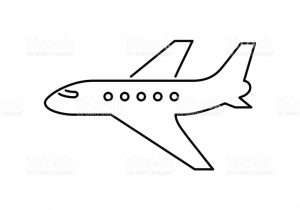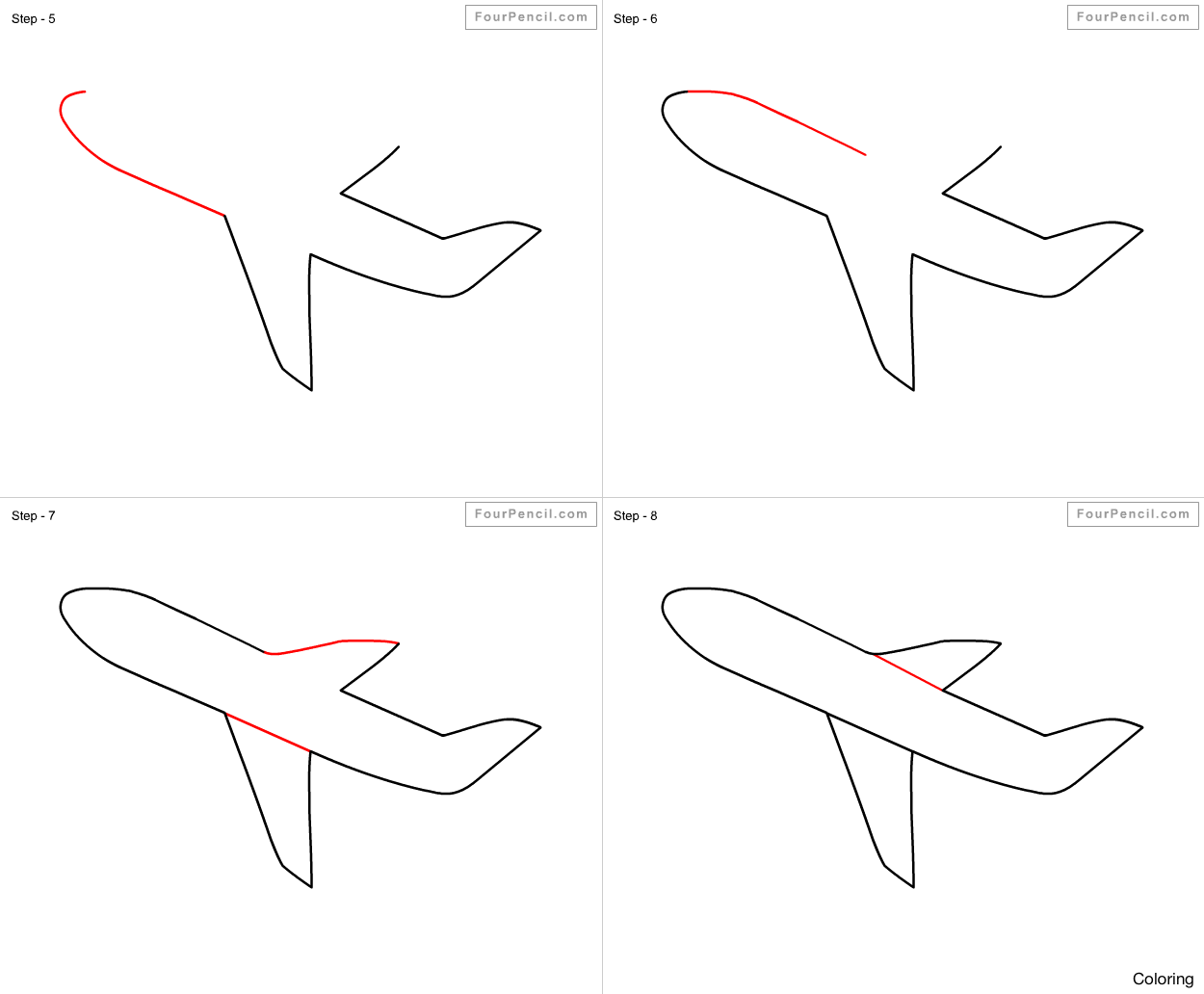

The horizontal stabilizer prevents an up-and-down motion of the nose, which is called pitch. The vertical stabilizer keeps the nose of the plane from swinging from side to side, which is called yaw. The stabilizers’ job is to provide stability for the aircraft, to keep it flying straight. The tail usually has a fixed horizontal piece, called the horizontal stabilizer, and a fixed vertical piece, called the vertical stabilizer. To control and maneuver the aircraft, smaller wings are located at the tail of the plane. Smaller, low-speed airplanes use propellers for the propulsion system instead of turbine engines. The turbine engines, which are located beneath the wings, provide the thrust to overcome drag and push the airplane forward through the air. Modern airliners use winglets on the tips of the wings to reduce drag.


The air resists the motion in the form of aerodynamic drag. To generate lift, the airplane must be pushed through the air. The wings generate most of the lift to hold the plane in the air. Wingsįor any airplane to fly, one must lift the weight of the airplane itself, the fuel, the passengers, and the cargo. The airplane shown on this slide is a turbine-powered airliner which has been chosen as a representative aircraft. Airplanes come in many different shapes and sizes depending on the mission of the aircraft. Airplanes are transportation devices which are designed to move people and cargo from one place to another.

This page shows the parts of an airplane and their functions. Hush-Kit huddled with aviation authorities Stephen Mcparlin and James Smith, who helped bring aircraft like the F-35 Joint Strike Fighter and Eurofighter Typhoon to life.Home > Beginners Guide to Aeronautics Airplane Parts and Function The result: the F-36 Kingsnake lightweight fighter. Now, the alternative aviation magazine Hush-Kit has brought experts together to design that potential F-16 replacement. Such a jet doesn’t exist-yet-but thanks to new digital engineering techniques, it could actually enter service before 2030. Brown caused a stir when he announced the service was looking into buying a brand-new fighter jet to help replace the F-16 Viper. The result, the F-36 Kingsnake, would use the F-22’s engines, place less of an emphasis on stealth, and use digital engineering.Several aviation experts have banded together and invented a new jet out of thin air.Air Force has expressed interest in a new, non-stealthy fighter jet to replace the F-16.


 0 kommentar(er)
0 kommentar(er)
